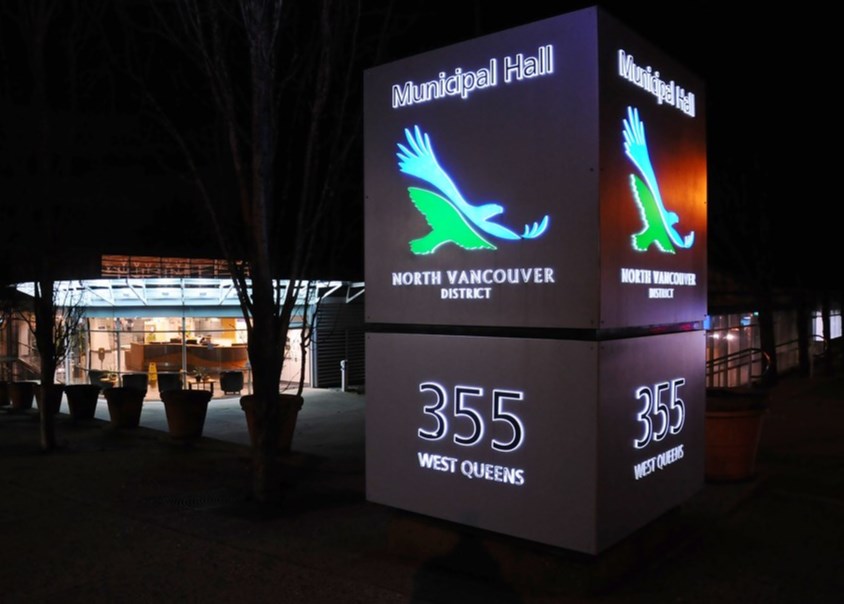Developers seeking to build in the District of North Vancouver will soon have to be up front about how much carbon their projects will produce in order to be constructed.
District council voted unanimously Monday (July 4), aiming to make new buildings “climate ready” as part of its rezoning process.
Under the new policy, anyone seeking to rezone a lot will have to show an accounting for the embodied carbon in their project, with the intent that overall emissions can be mitigated through better design and choice of construction materials.
Measuring embodied carbon is an emerging science but it involves estimating how much carbon has been emitted through raw material extraction, manufacturing supplies and the building process. Most concrete production is considered carbon intensive, while wood frame and mass timber are often cited as ways to sequester carbon. Developers will be expected to also report on what steps they’ve taken to reduce the carbon output over the life cycle of their project.
Support for the new rules was unanimous among council members.
“I think that this has always been considered the blind spot of the building industry… This is something that we need to do,” said Coun. Megan Curren. “I'm pleased to see this. I think this puts us in a leadership position. It's a good start.”
Tackling embodied carbon is consistent with the district’s declaration of a climate emergency in 2019, added Coun. Jim Hanson.
“It would be a shame to have that declaration rendered insincere by ignoring embedded carbon in concrete structures, particularly very tall concrete structures,” he said. “If we're taking climate seriously, we're going to find ourselves looking more favourably on wood frame structures, including tall wood.”
But, even with a lower carbon footprint, life in new builds could still be made miserable thanks to a changing climate. Under the changes, new buildings will be required to have air filtration systems capable of removing the most harmful particulate associated with wildfire smoke and street traffic.
New large buildings will also come with requirements for cooling systems that will prevent dwellings from exceeding 26 C with the windows closed, something that should reduce the likelihood of premature deaths, like the more-than 600 B.C. saw during the 2021 heat dome.
The policy specifically calls for new projects to incorporate passive cooling, including the use of shades or trees, to lower the temperature for folks living/working inside.
The new rules will only apply to multi-family, industrial, commercial and institutional buildings, not single-family homes, largely because big buildings tend to have large design teams capable of implementing the more complex regulations.



